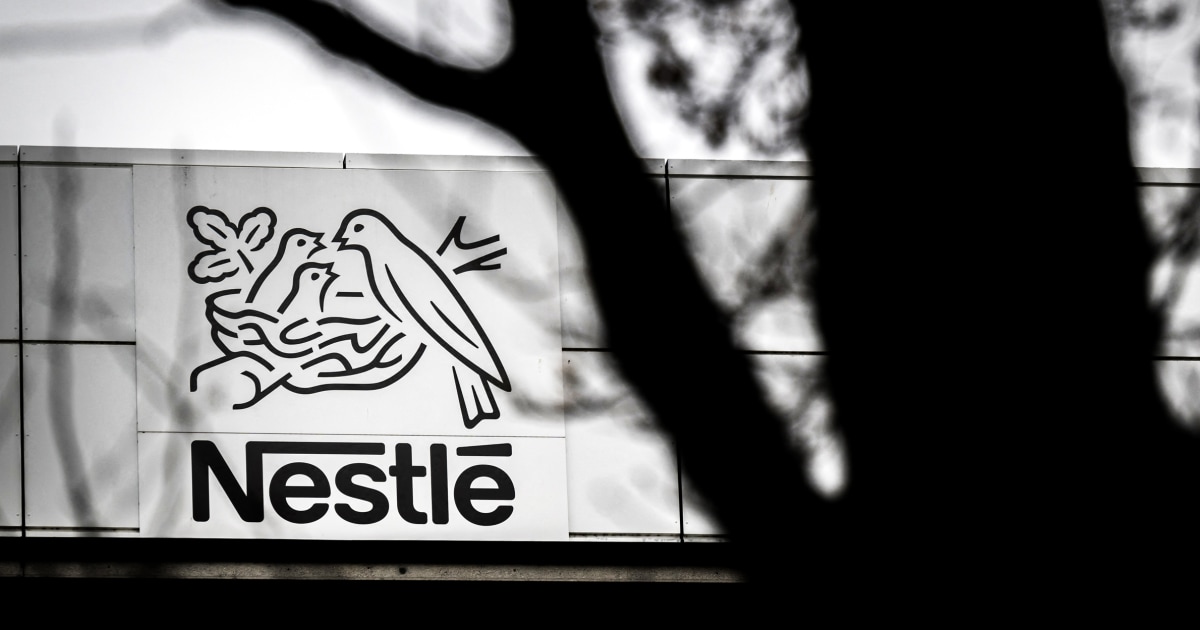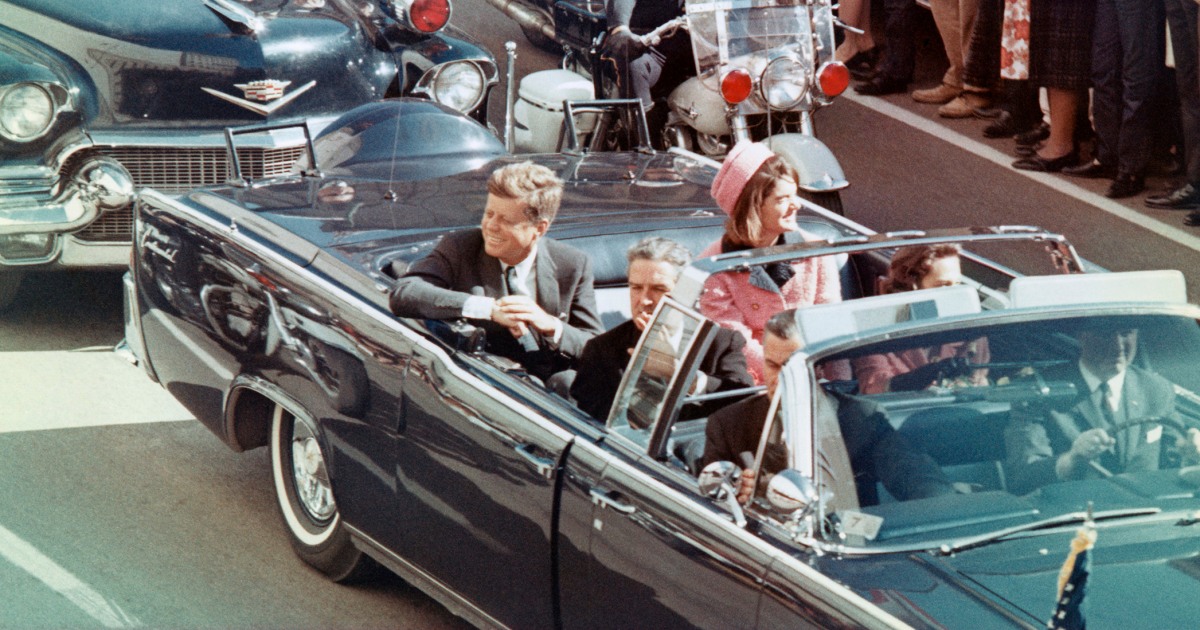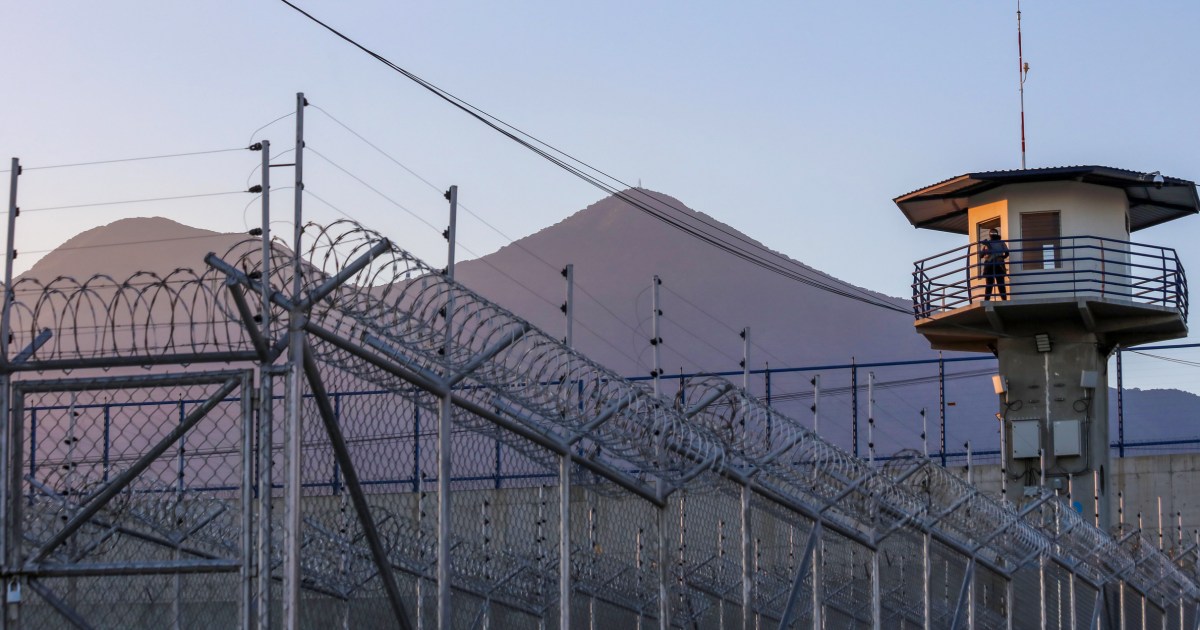For centuries, the leaders of the Roman Catholic Church were largely Italians until a cardinal from Poland was elected pope in 1978 and then succeeded by a German and an Argentine.
Now, for the first time, the pope’s an American who has taken the name Leo XIV.
And he’s from the South Side of Chicago, home of the beleaguered White Sox, the Daley political dynasty and, until they decamped for Washington and eventually the White House, Michelle and Barack Obama.
Leo, who has spent much of his career ministering in Peru and leading the Vatican’s powerful office of bishops, was born Robert Francis Prevost on Sept. 14, 1955, at what was then called Mercy Hospital, at the corner of South Prairie Avenue and 34th Street.
But while Prevost made his debut in Chicago, his parents and two older brothers were already living just south of the sprawling city in a working-class suburb called Dolton.
Home was a tidy brick house the Prevosts bought new in 1949 on East 141st Place.
Prevost’s father, Louis Prevost, served in the Navy during World War II and worked as a superintendent of schools in the south suburbs of Chicago.
The future pope’s mother, Mildred Martinez Prevost, was a librarian with a master’s degree in education and two sisters who were nuns.
But the focus of the family was St. Mary of the Assumption Parish on 137th Street, which was then a busy church and school that straddled the Chicago/Dolton border.
It was there that the Prevost family regularly attended mass, which back then was still in Latin. And it was there that his classmates realized that Robert was already practicing what he would one day be preaching.
“We used to pray with our hands, you know, our fingers pointing to heaven, and after a while you get tired of doing that, and you just want to fold them over,” former classmate Marianne Angarola, 69, told the Chicago Sun-Times. “Robert Prevost never folded his hands over. He was just godly. Not in an in-your-face way. It was part of his aura, like he was hand-selected, and he embraced it. And he wasn’t weird. He was nice.”
While most of the boys from St. Mary’s went on to local Catholic high schools like Mendel College Prep, Prevost left home and attended St. Augustine Seminary High School, a boarding school in Holland, Michigan, that was run by priests from the Order of St. Augustine.
Upon graduating, he headed east to Villanova University in Pennsylvania, a private Catholic college, where he earned a bachelor’s degree in math in 1977. By then, he had found his calling, and in 1978 he officially joined the Order of St. Augustine.
Four years later, in June 1982, Prevost was ordained a priest after having studied theology at Catholic Theological Union of Chicago. Then he was off to Rome, where he earned a doctorate in canon law from the Pontifical College of St. Thomas Aquinas in 1987.
He returned to Chicago, but only briefly, before he was dispatched in 1985 to Peru, where he served the order as a missionary and taught canon law in the diocesan seminary in the city of Trujillo for 10 years.
By 1999, Prevost was back in Chicago and appointed leader of the Augustinian order’s Midwestern region, which he oversaw until 2010.
Part of his turf included Providence Catholic High School in New Lenox, and it was during his tenure that allegations surfaced that the school’s president, the Rev. Richard McGrath, had abused at least one student and kept child pornography images on his phone.
The Sun-Times reported last June that the Augustinians paid a $2 million settlement to the abused student and that Prevost never explained why he did not remove McGrath from his post.
By 2014, Prevost was back in Peru after Pope Francis appointed him apostolic administrator of the Diocese of Chiclayo and later the bishop of Chiclayo.
But in Peru, he was once again accused of failing to investigate and punish a priest accused of sexually abusing three sisters from 2007 to 2015.
The Diocese of Chiclayo denied a cover-up, and Prevost has never been personally accused of abusing members of his flock.
The allegations also did not derail his rise through the ranks.
Francis promoted him to archbishop in January 2023 and made him a cardinal a year later.
In public statements, Prevost often echoed Francis with calls for “reaching out to the poor, to the neediest, to those on the margins.”
But while Francis promoted greater acceptance of LGBTQ people, Prevost in a 2012 took a less tolerant tone in an address to a group of bishops, to whom he complained that Western culture was fostering “sympathy for beliefs and practices that are at odds with the gospel,” The New York Times reported.
Meanwhile, Prevost’s other job as the person who runs the office that helps decide who will be appointed a bishop made him a contender for the top job at the Vatican, which he landed Thursday.
Speaking in Spanish and Italian but not in English, Pope Leo stood on the balcony overlooking his cheering flock and thanked the pope who blazed the path for him. He also laid out a vision of the future that Francis would most likely have applauded.
“We can be a missionary church, a church that builds bridges, that is always open to receive everyone — just like in this square, to welcome everyone, in charity, dialogue and love,” he said.








